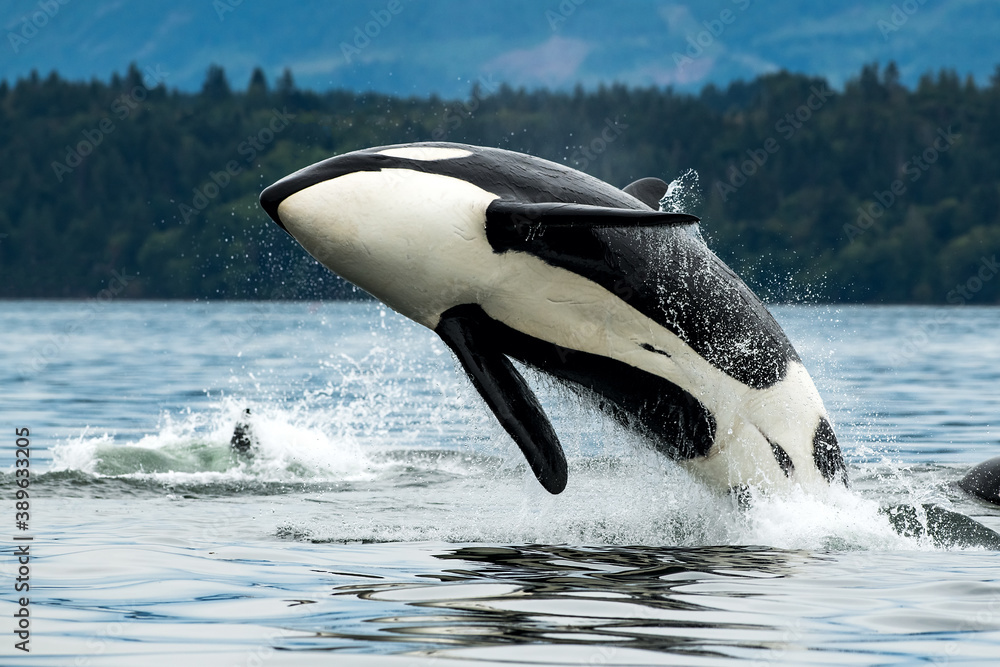sea animals (2023)
sea animals
How dolphins swim?
Dolphins swim to the surface to save the energy created by the friction of the water with the underwater body. Dolphins swim to the surface on their own to better acclimate to their surroundings. They also use this behavior to get rid of parasites on their skin.
"in this image Dolphins swim very fast! They have long torpedo-shaped bodies, beak-like noses, and smooth skin. They have powerful tail fins that swing up and down to help them move through the water. They are Dolphins have an air hole on the top of their head through which they breathe. When dolphins are underwater, they don't hold their breath. The oxygen they need to stay underwater for a long time is in their blood, and their body muscles get to save.
How porpoises swim?
Bottlenose dolphins sometimes "dolphin" on the surface; they swim fast enough to come out of the water, fly up and down, and return in a continuous motion that they usually repeat. Dolphins use less energy than swimming quickly at the surface.
Porpoises and dolphins—there’s no discernible difference between the two, except that porpoises are smaller and don’t have the dolphins’ distinctive beaks and noses—are high-speed swimmers, capable of moving at sustained speeds of nearly 20 miles per hour. To achieve these speeds, these mammals must swim at least five to ten feet below the ocean's surface. When they try to swim near the surface, their bodies create ripples on the surface, a process that consumes a lot of energy. For example, if dolphins or dolphins swim near the surface for long periods of time, they can tire quickly.
How whales swim?
Modern whales have broad tail fins, elongated flippers, and, in some species, a dorsal fin. Whales swim forward by bending their tails up and down, rather than swinging side to side like most fish. To change direction, they move their fins, similar to how a plane steers (read How Sharks Work for details). The dorsal fin, if any, is used to stabilize the whale's body while swimming.
" image="image1" Whales can dive great distances. Sperm whales can dive to depths of more than 7,000 feet and stay underwater for nearly two hours. Before diving, whales fill their lungs with air and close their blowholes, then Collapse their lungs. Air moves through their blood and muscles, their heart rate slows, and their blood flow is focused on their heart and brain, allowing them to make the most of their stored air!




Comments